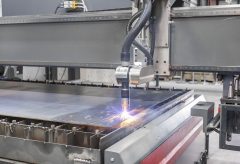
Voortman plasma cutting machine
Plasma cutting machines are only used for ferrous (steel, stainless steel, etc.) and non-ferrous metals (brass, copper, aluminium, etc.) with a maximum thickness of 160 mm.
Plasma cutting is faster than laser cutting for medium or thick plates, and is faster than oxyacetylene cutting for thin or medium plates. In general, plasma cutting is suitable for cutting plates of thick metal.
The principle of plasma cutting is relatively close to that of TIG welding: it involves creating an electric arc that ionizes a gas projected through a nozzle between the electrode and the workpiece to be cut. For plasma cutting air, argon, nitrogen, oxygen or hydrogen are generally used. Regardless of the gas used, you will have to replace the nozzle and electrode regularly.
Portable plasma cutting machines are available for spot applications. Because of the heat generated and the fumes from the vaporized metal, plasma cutting can only be carried out in very well ventilated areas or outdoors.



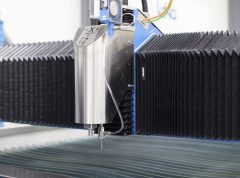

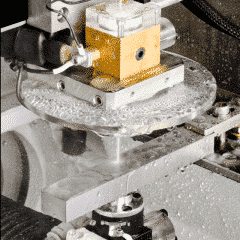
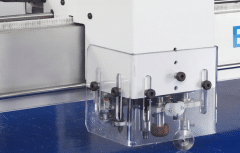
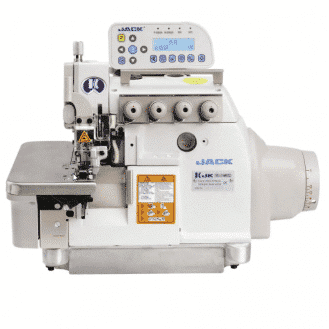




I like how a laser cutter can cut through different materials without ever needing to change the tools. This just sounds like the most efficient cutting machine for me. I would love to have one day but if I can’t, I’ll find a company that can do laser cutting for me.
Hi Franklin, I’d love to have a laser cutter one day too, but just like you that’s not something I’m ready to purchase. Have you checked out A-Laser? They’re doing wonders with laser cutting!
I really like you article, This is the most popular type of laser because they’re affordable to run, efficient, and low power.
Wow, it’s interesting to know that the industry has improved with the help of laser cutting machines. I think that it’s impressive how a laser cutting machine adds precise cuts to several different materials. And it’s cool to think how far technology has grown that we can automate them to save time in our process. I think you did a great job explaining the importance of a laser machine and how to choose the best for your needs.
It helped when you mentioned that you can cut different types of materials depending on the type of laser. My uncle mentioned to me last night that he and his friends are planning to buy used machinery and asked if I have any idea what is the best option to do. Thanks to this informative article and I’ll be sure to tell him that it will be much better if they consult a trusted machinery service in town as they can answer all their inquiries and will provide good-quality machinery.
I like how you mentioned that it is important to know the precision you will need before choosing the cutting technology you will use. My uncle mentioned to me last night his friend is looking for a reliable laser cutting service for his upcoming project and asked me if I have any idea what is the best option to do. Thanks to this informative article and I’ll be sure to tell him that they can consult a laser cutting service as they can answer all their inquiries.